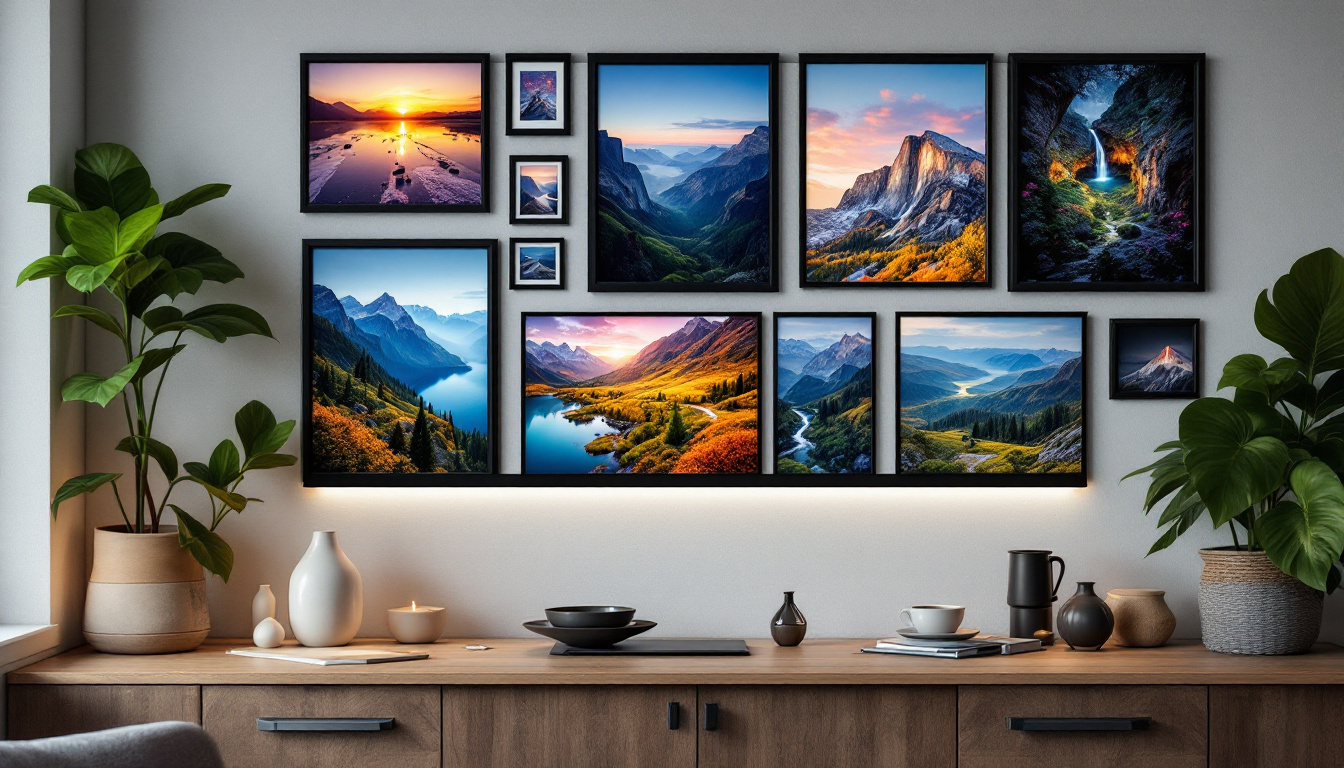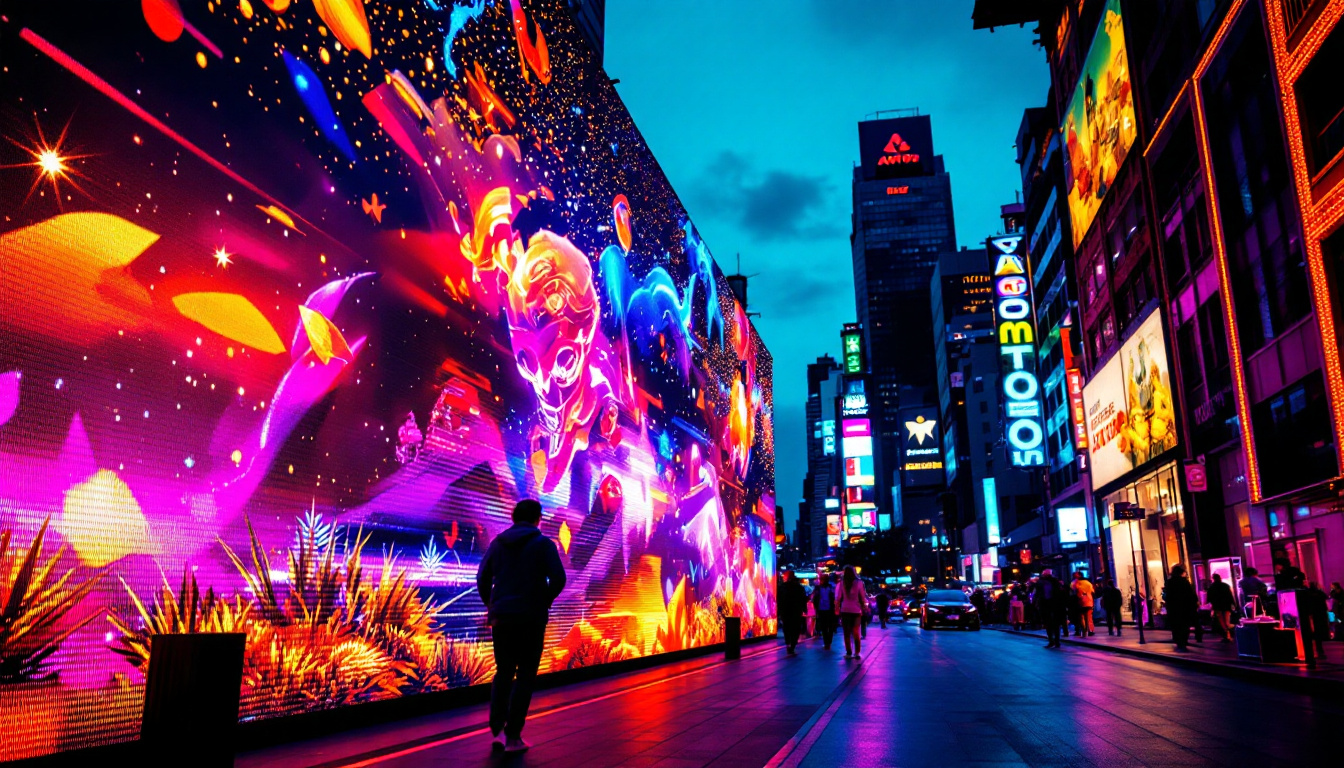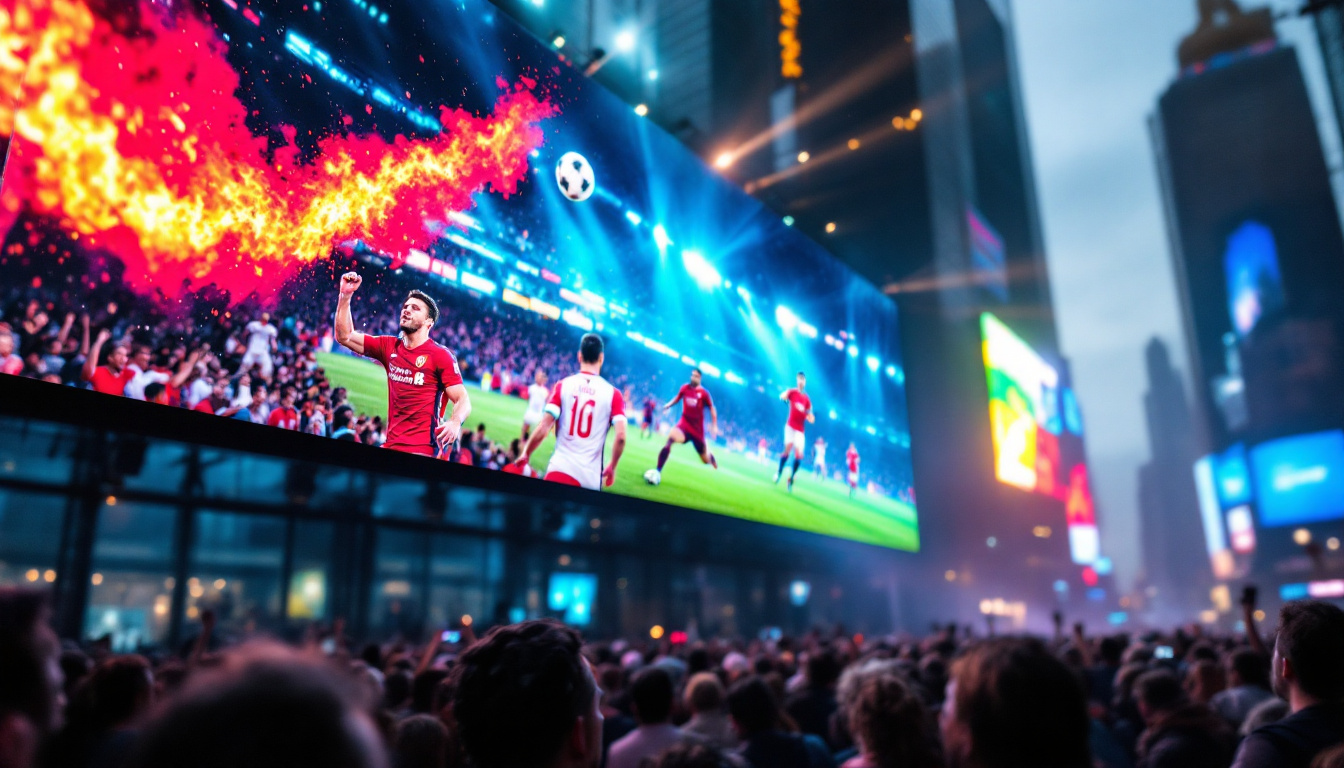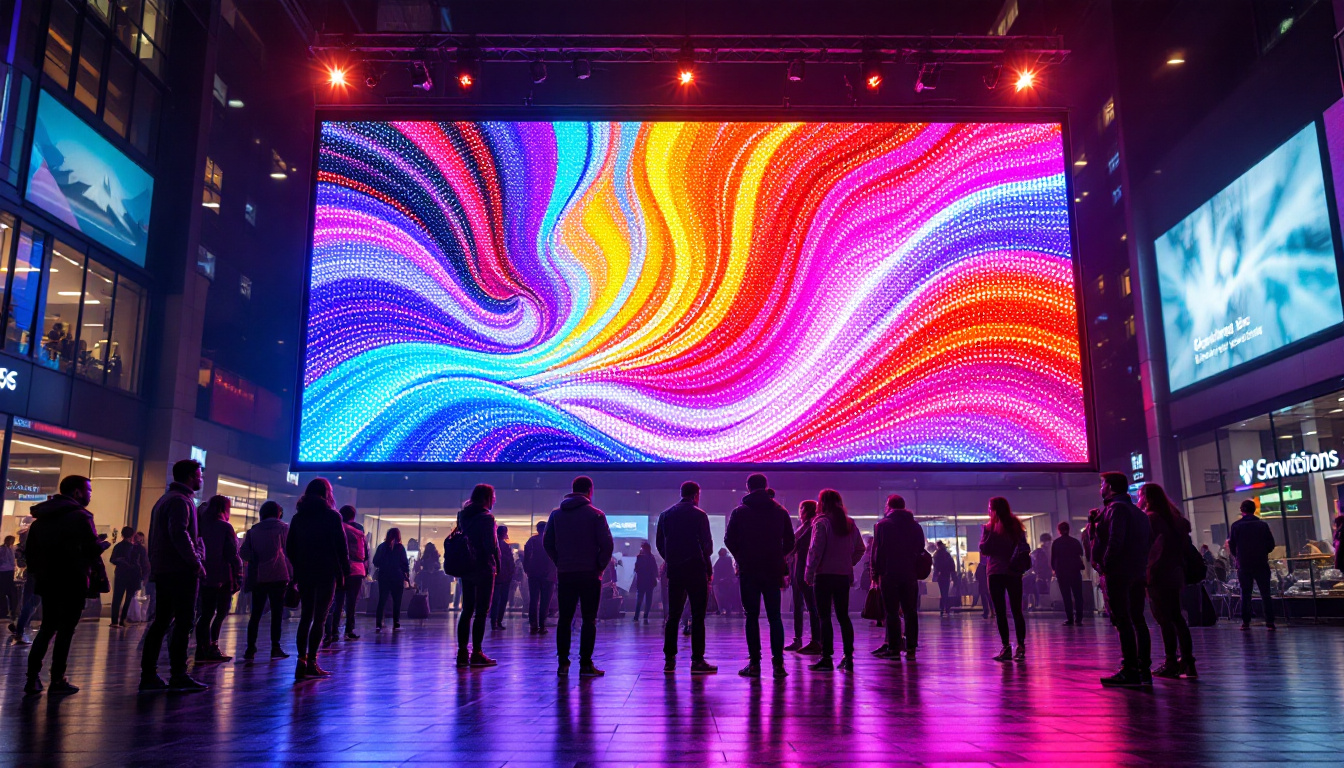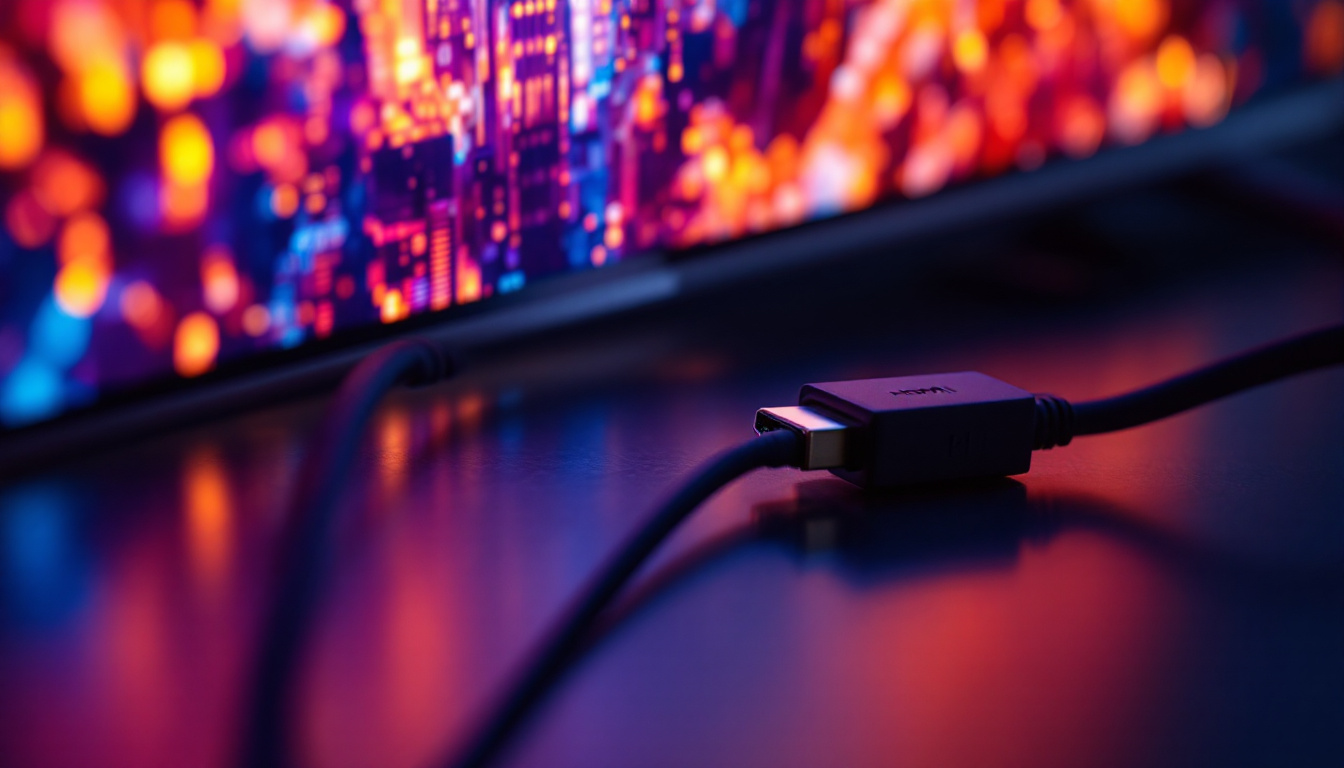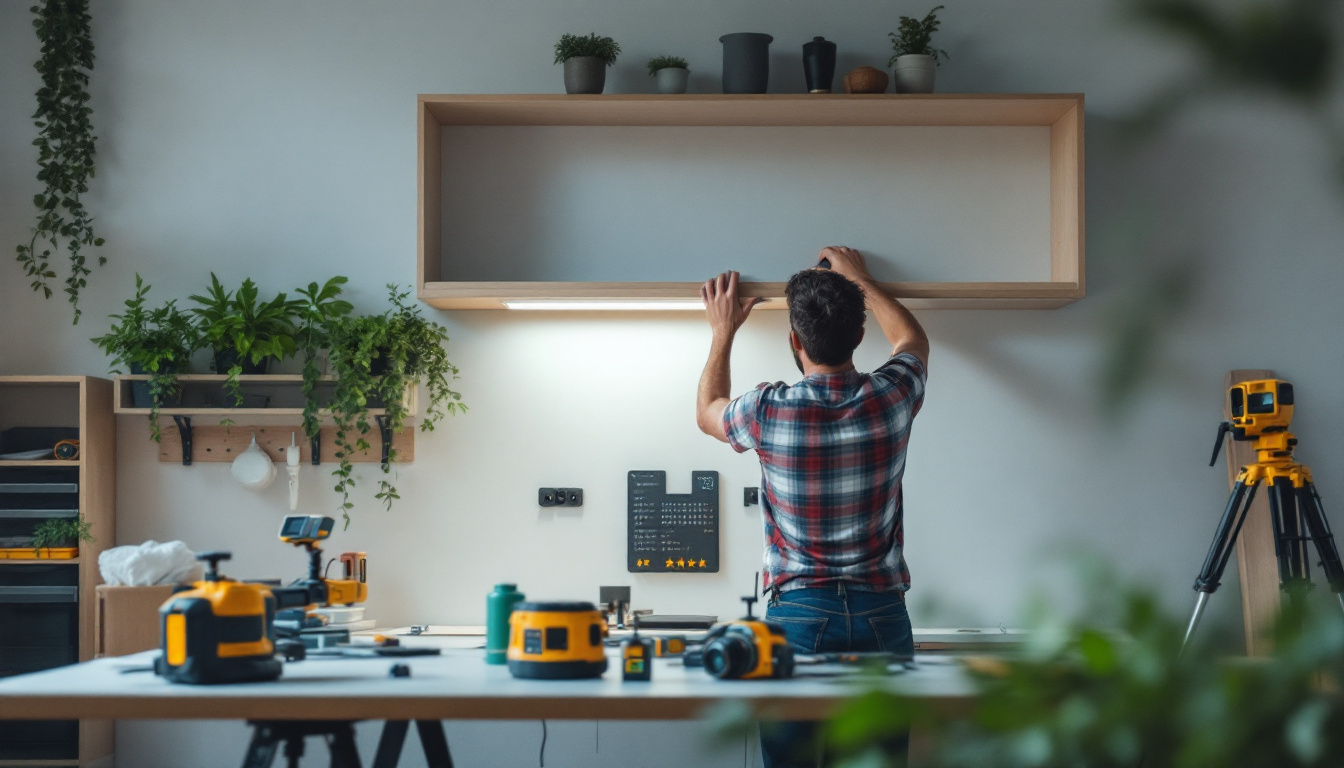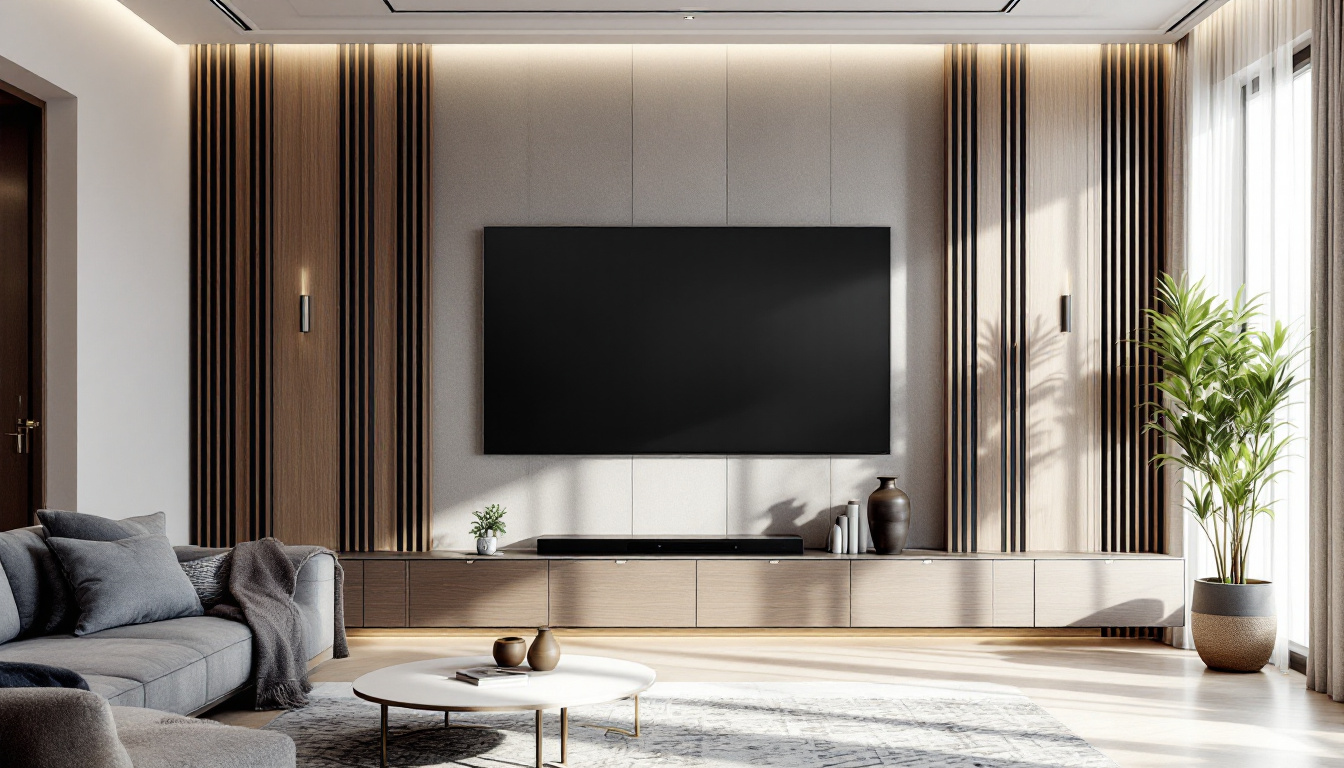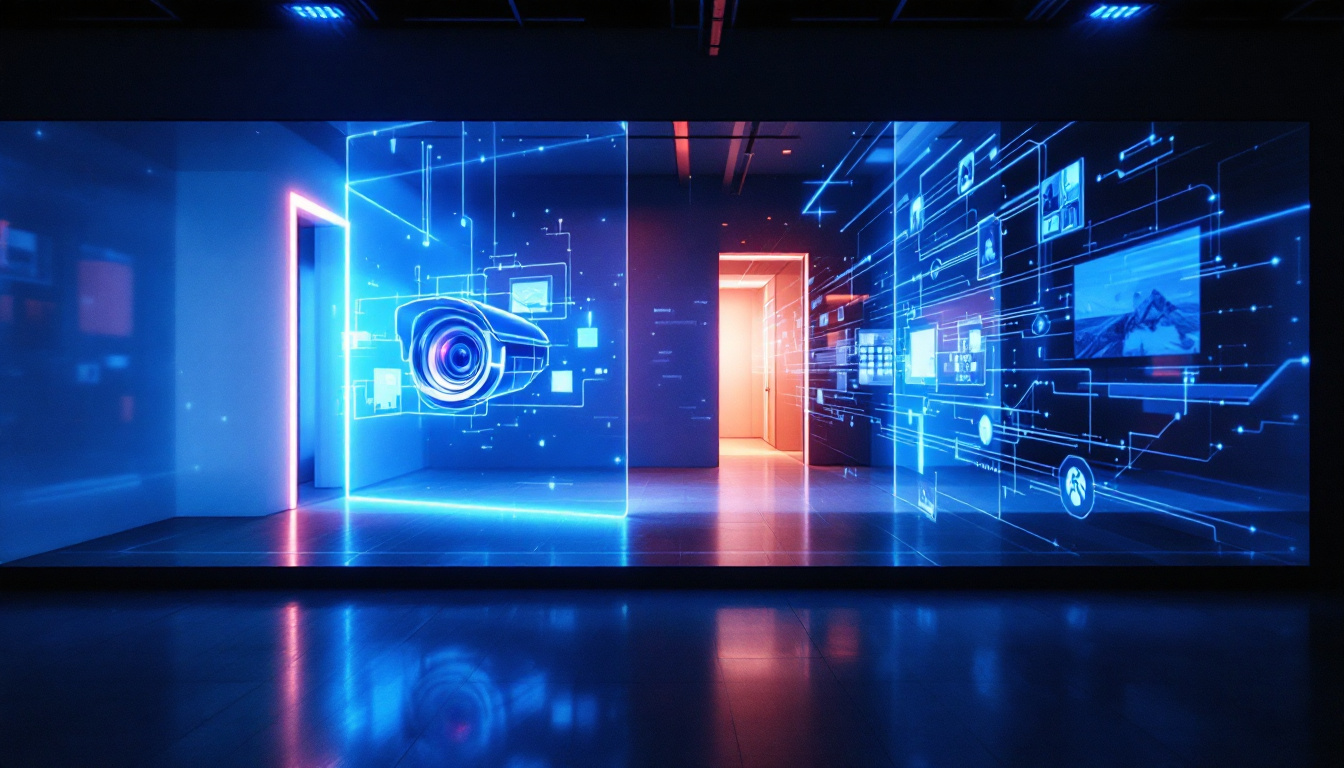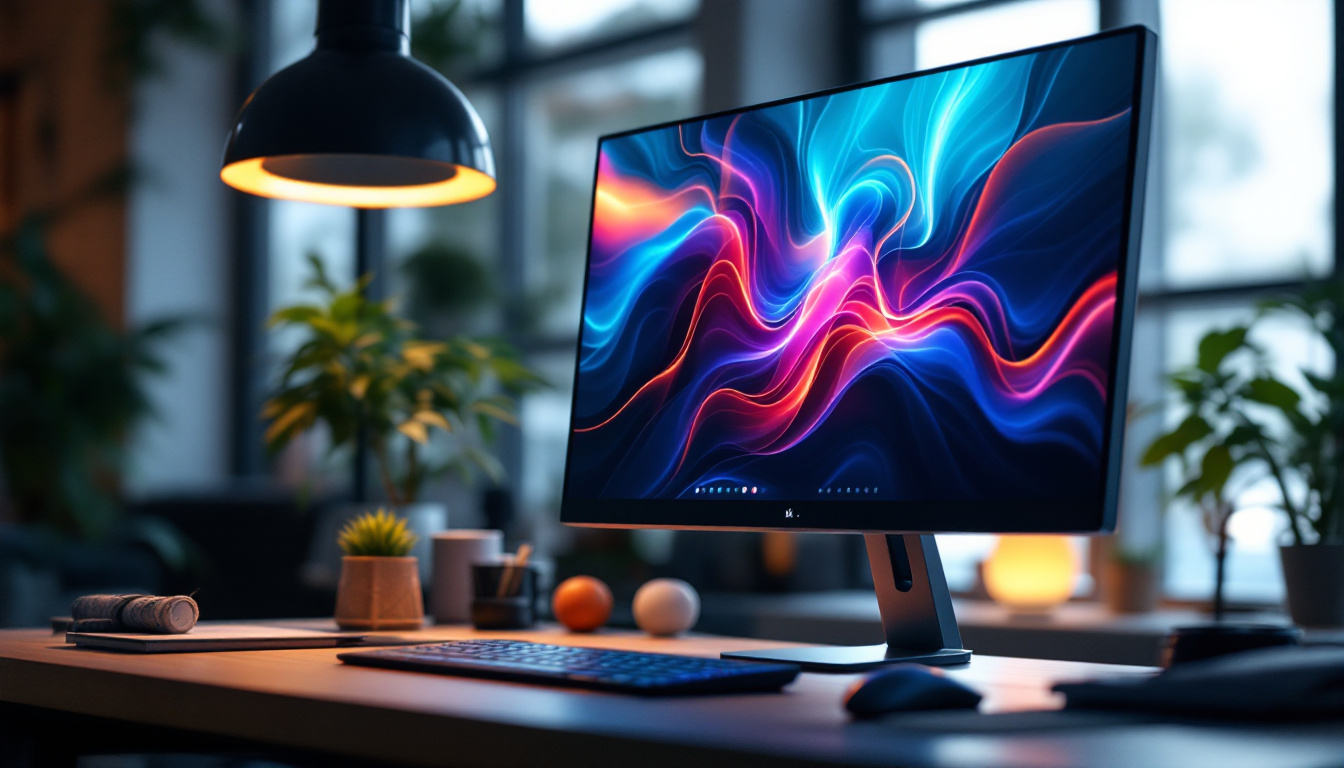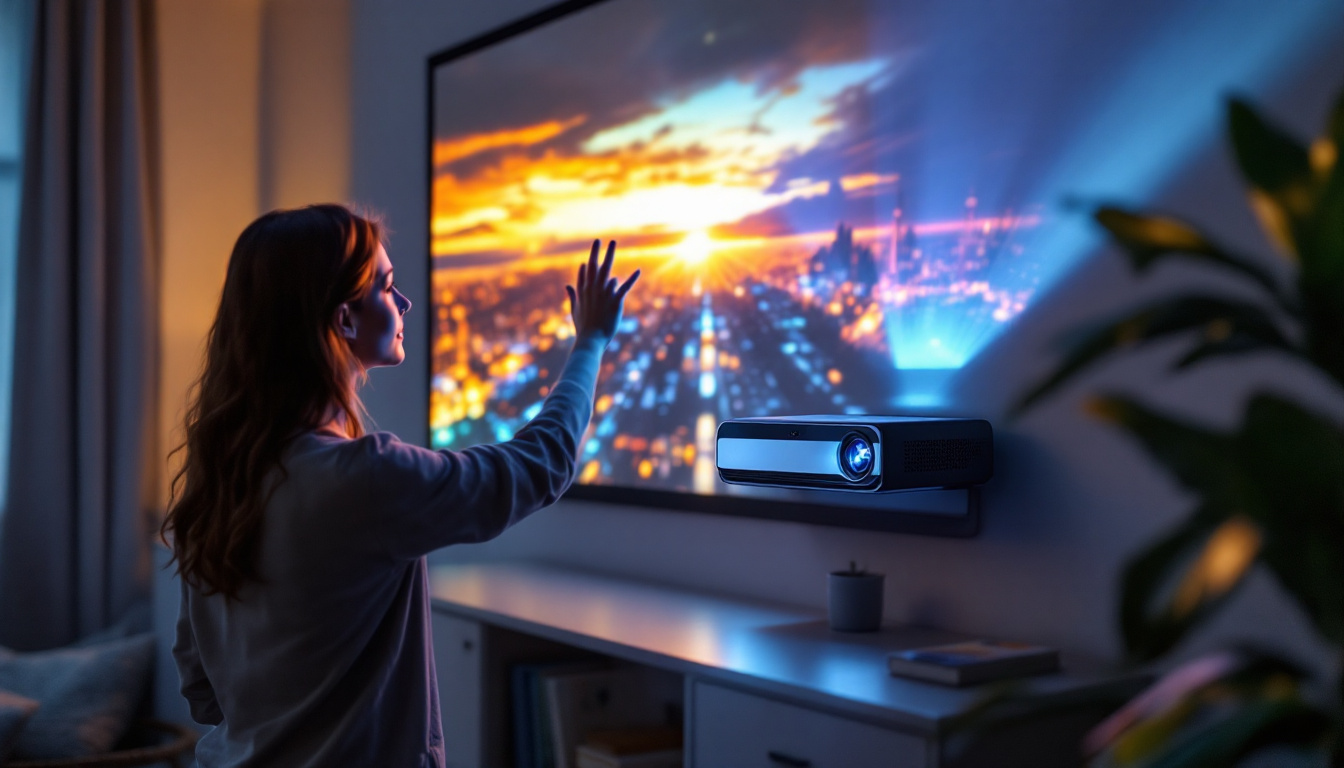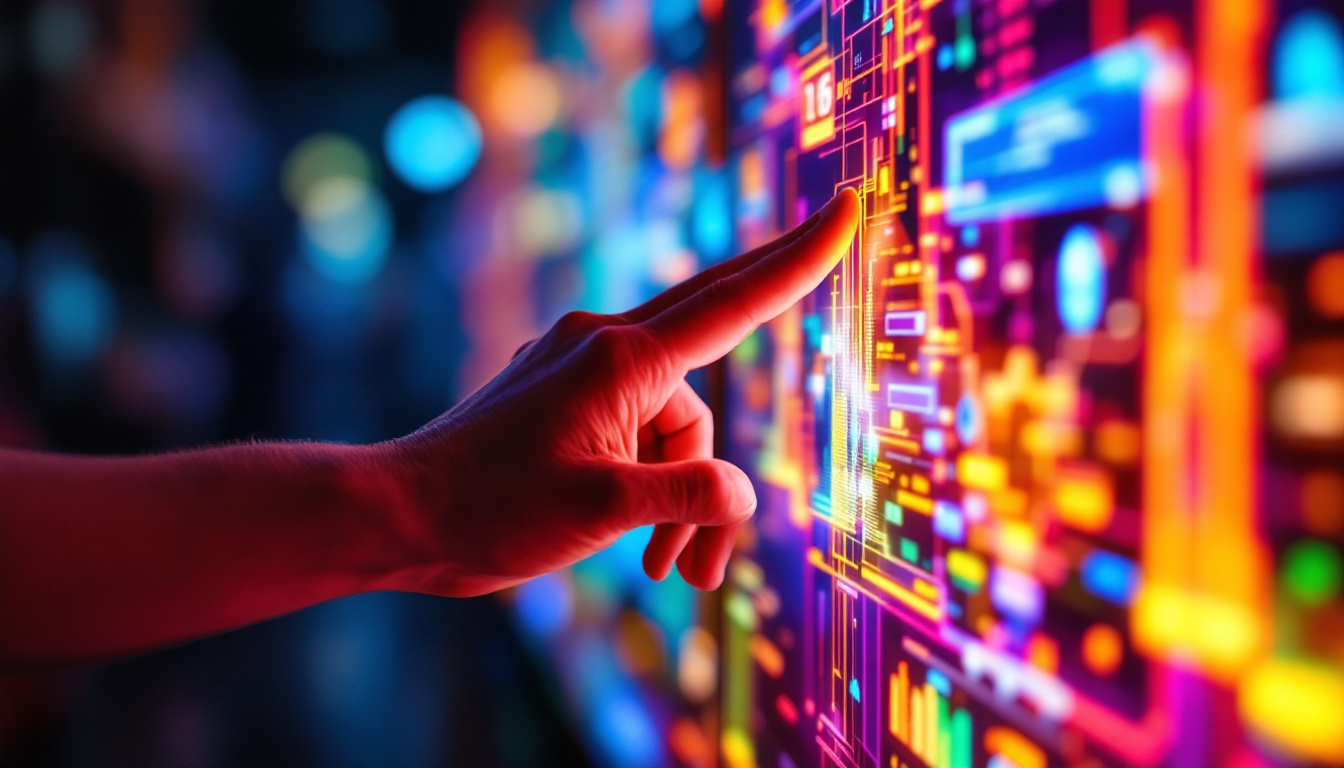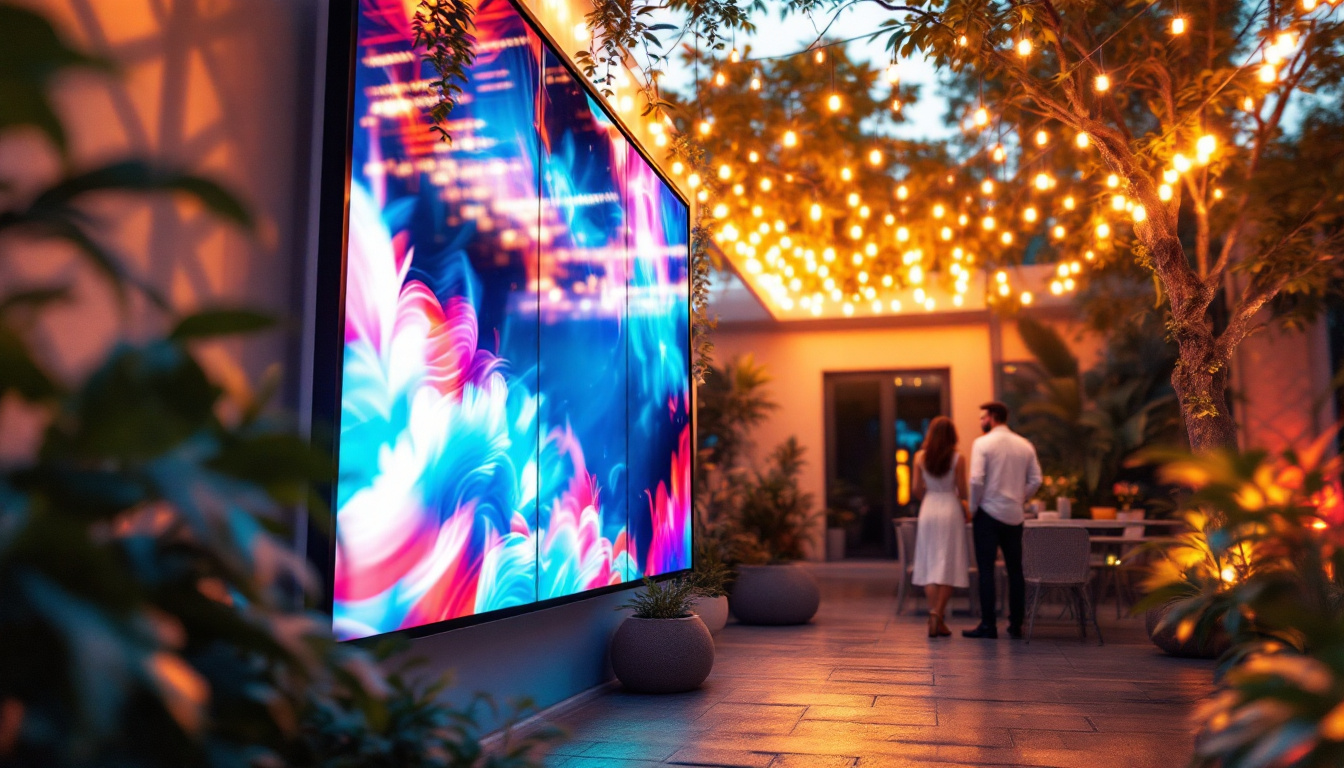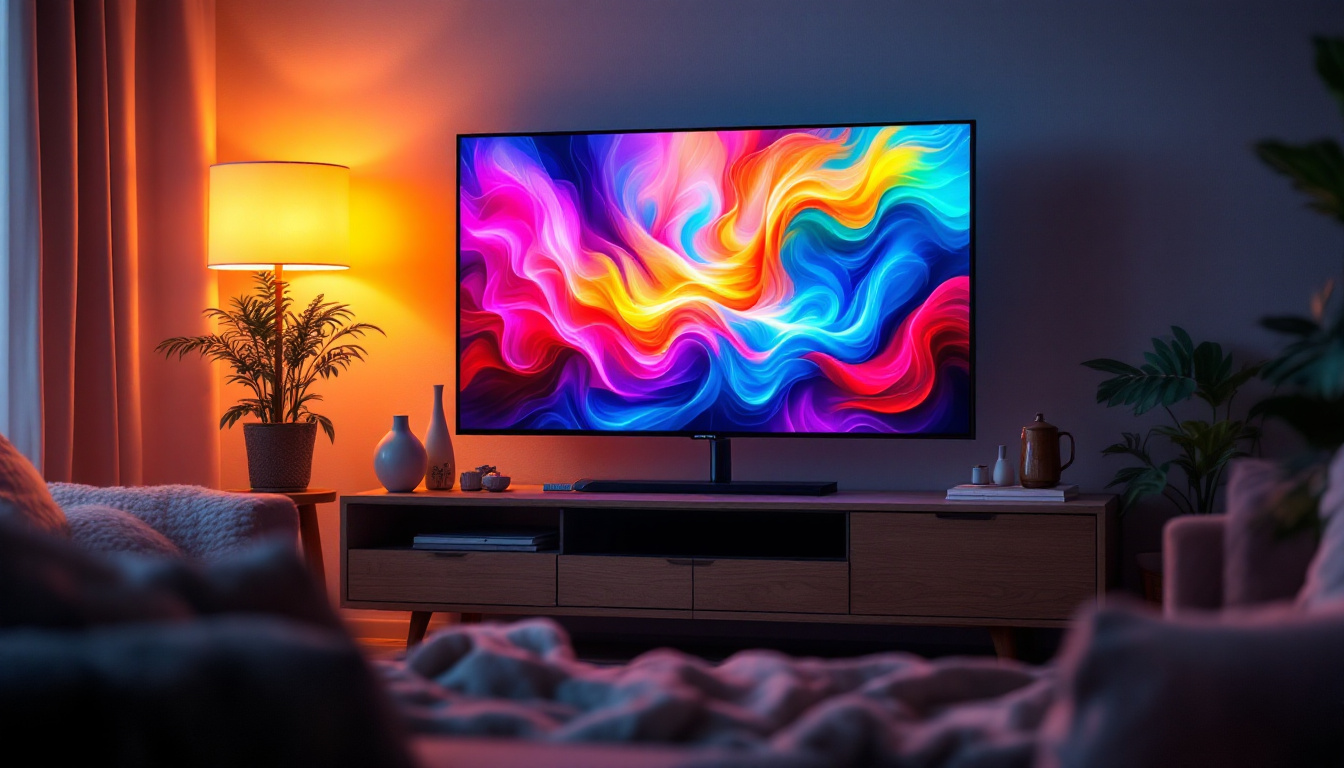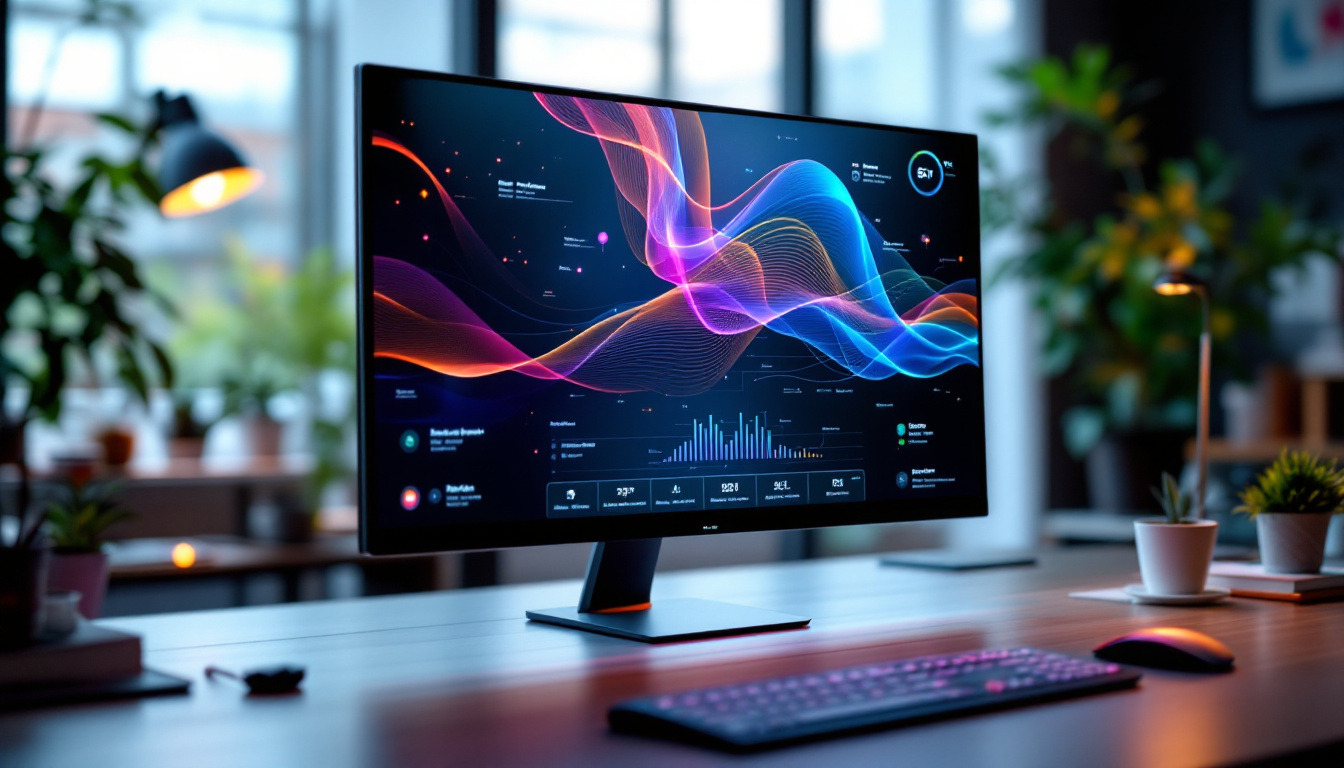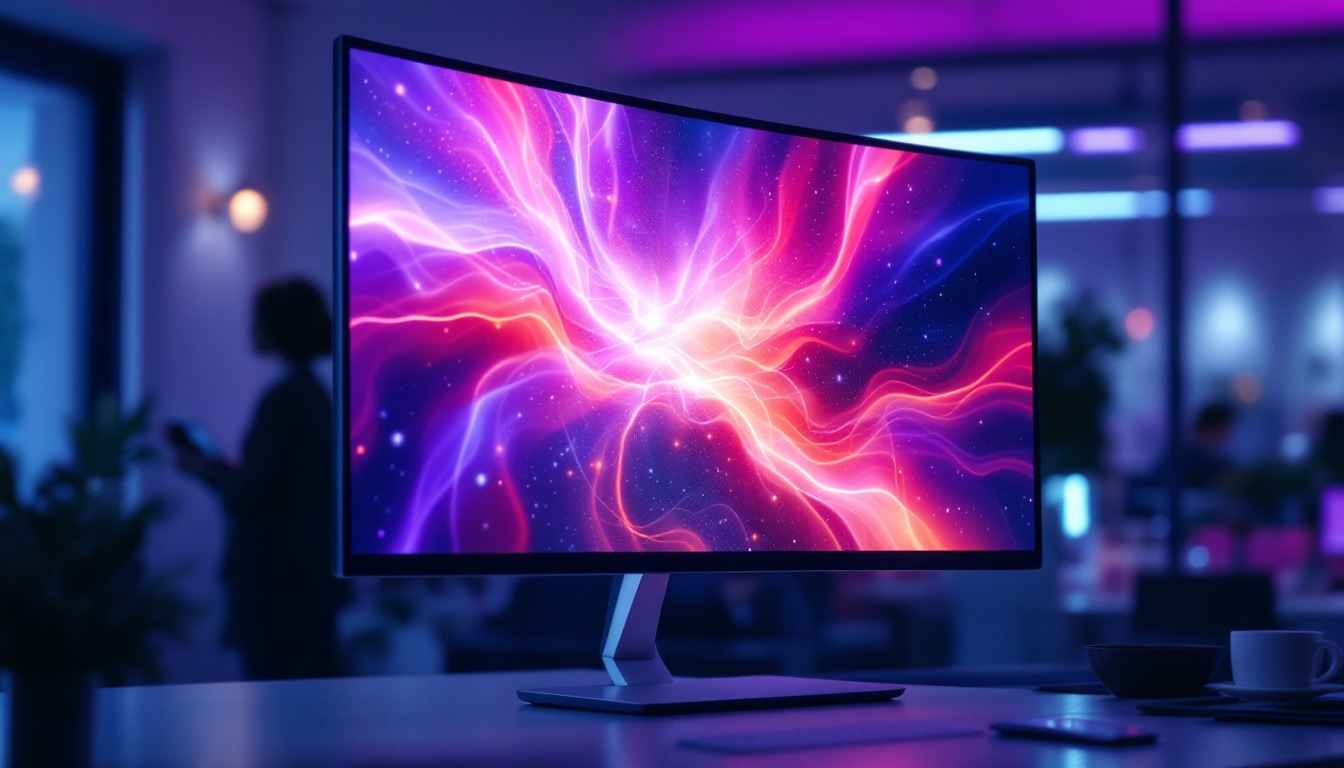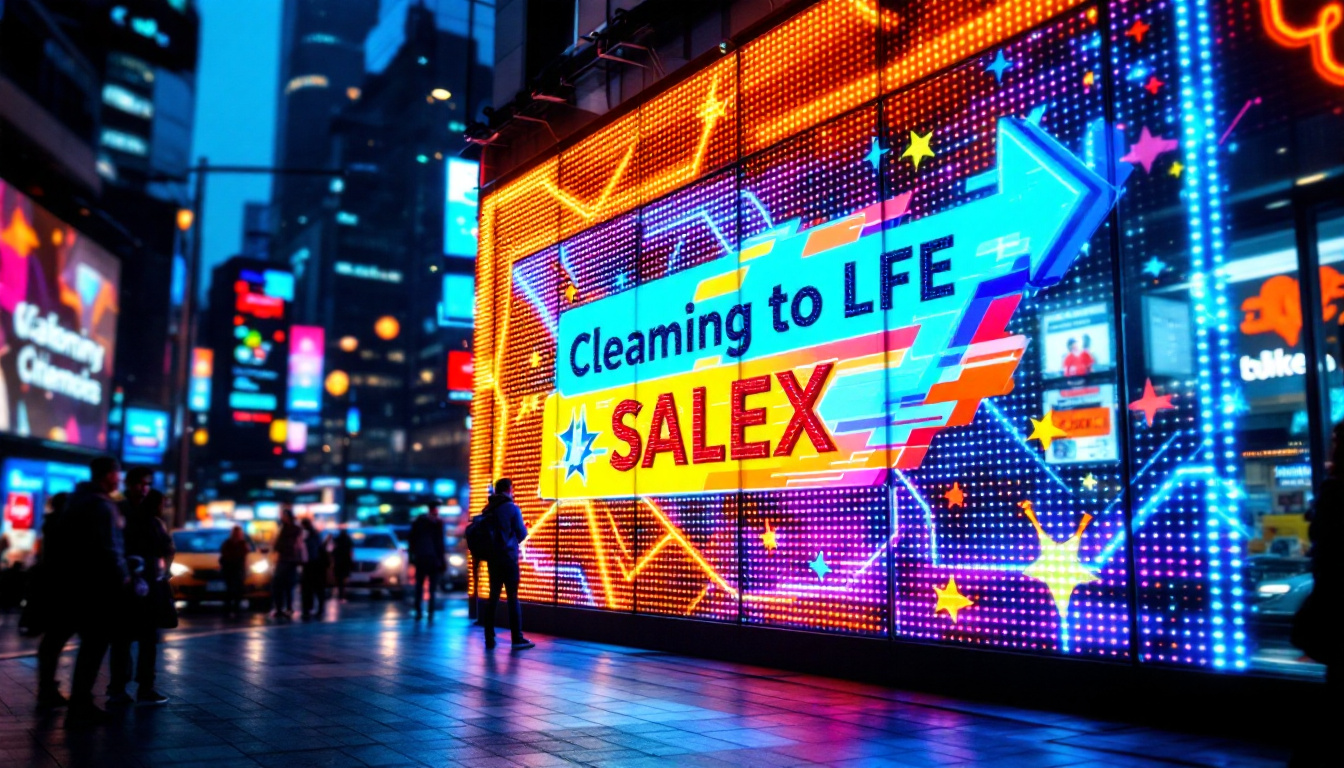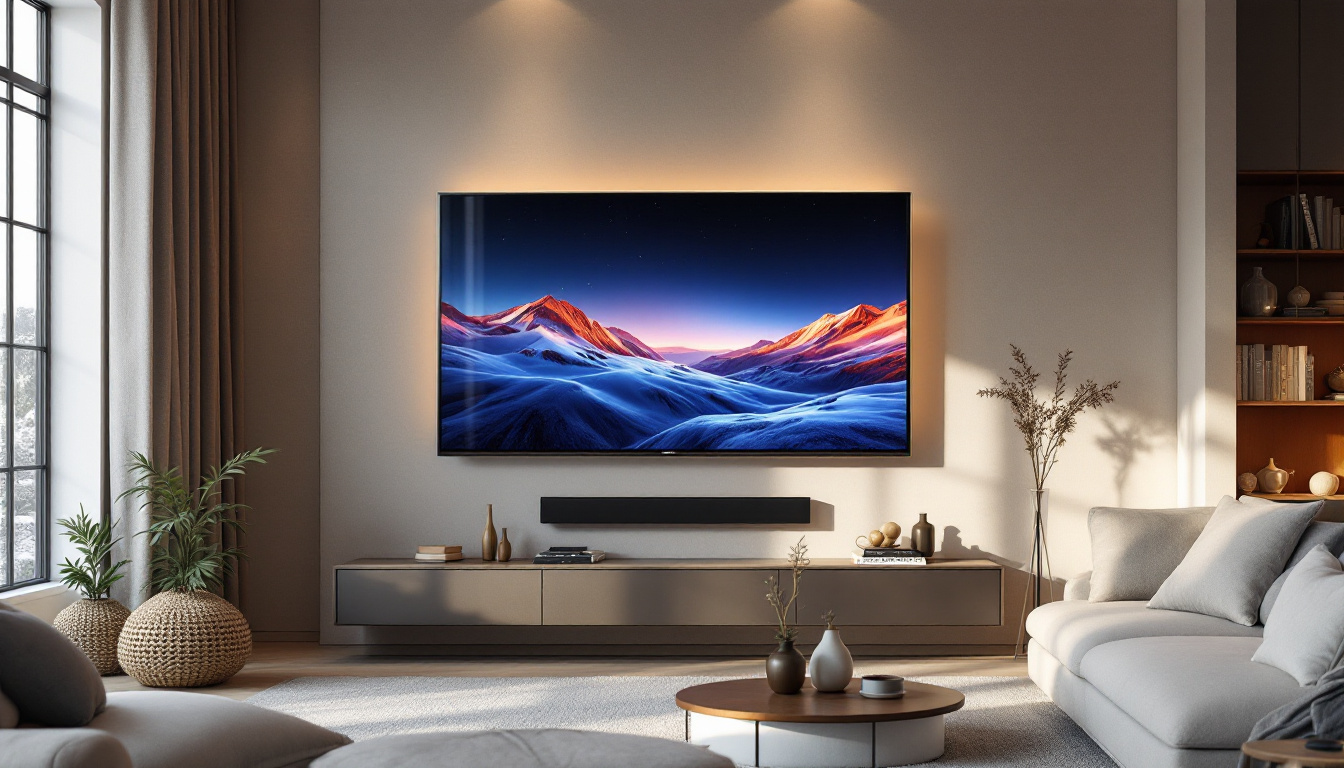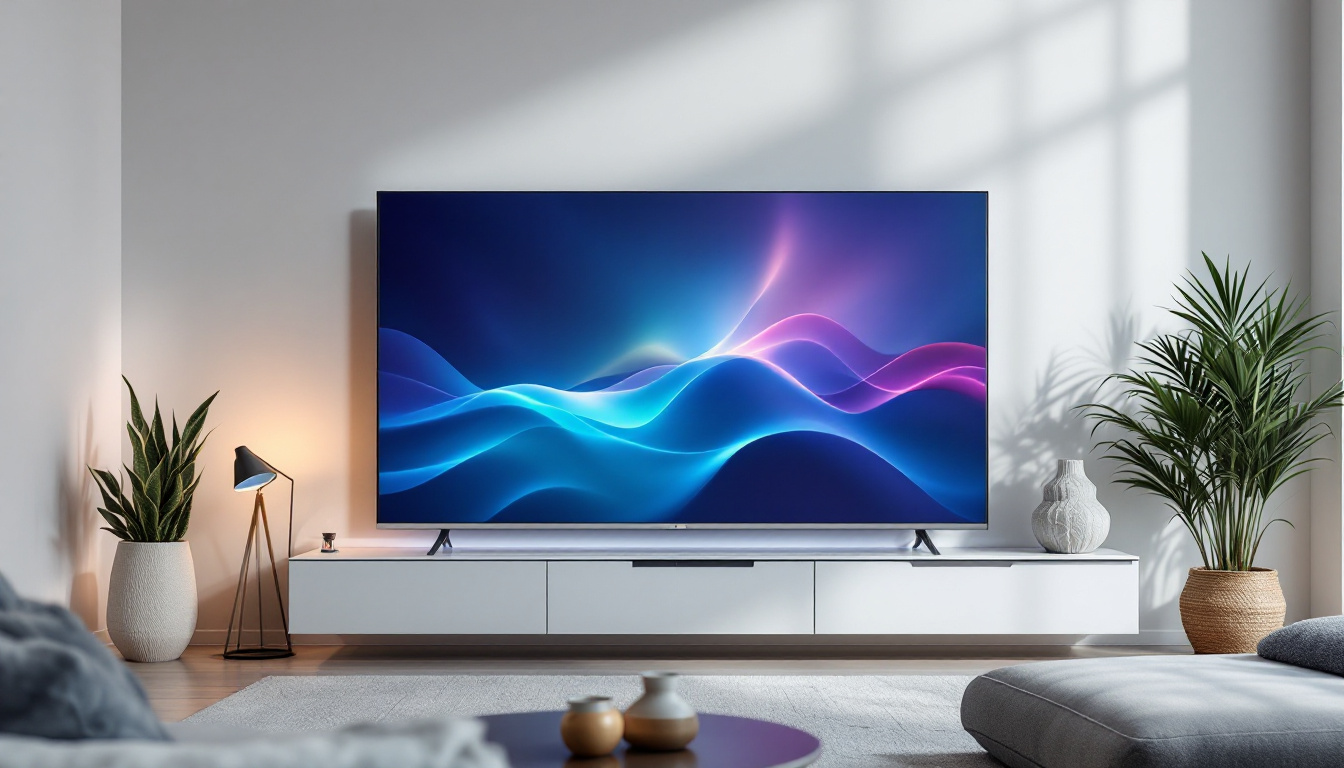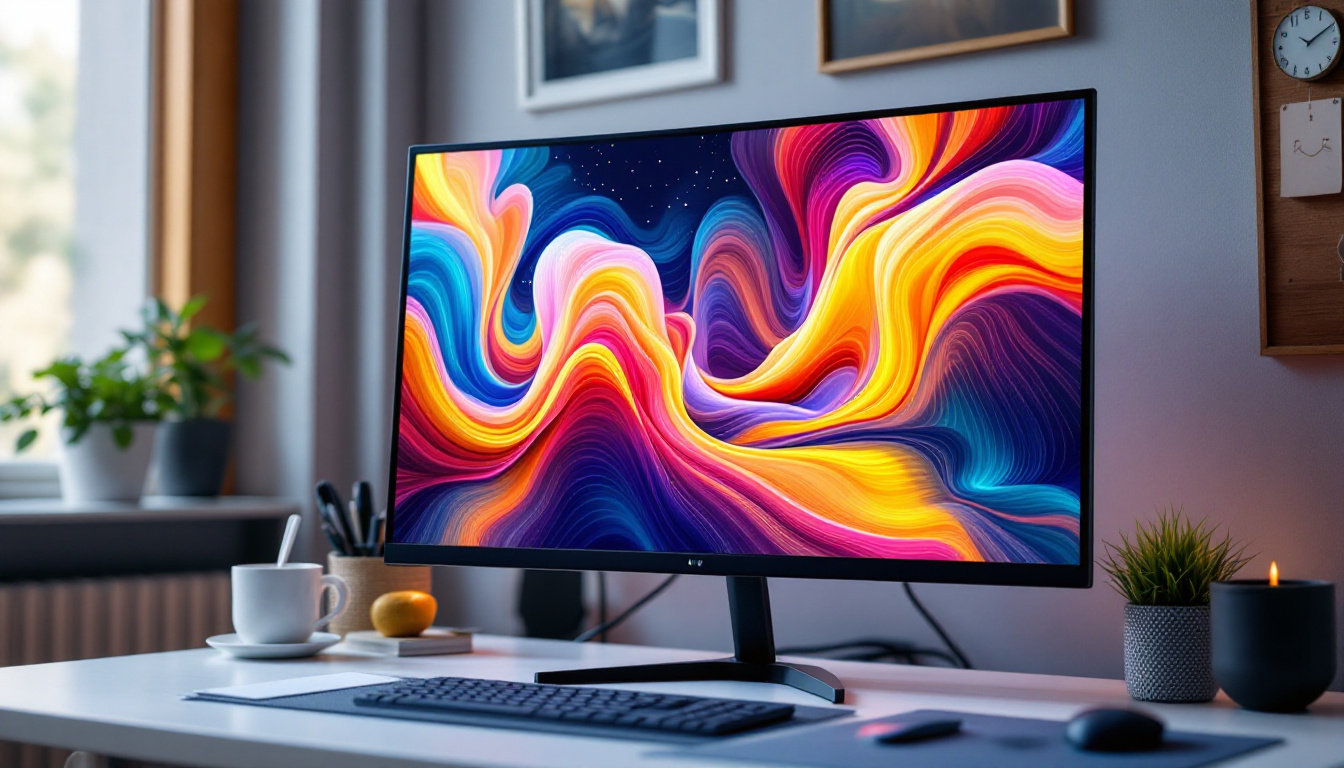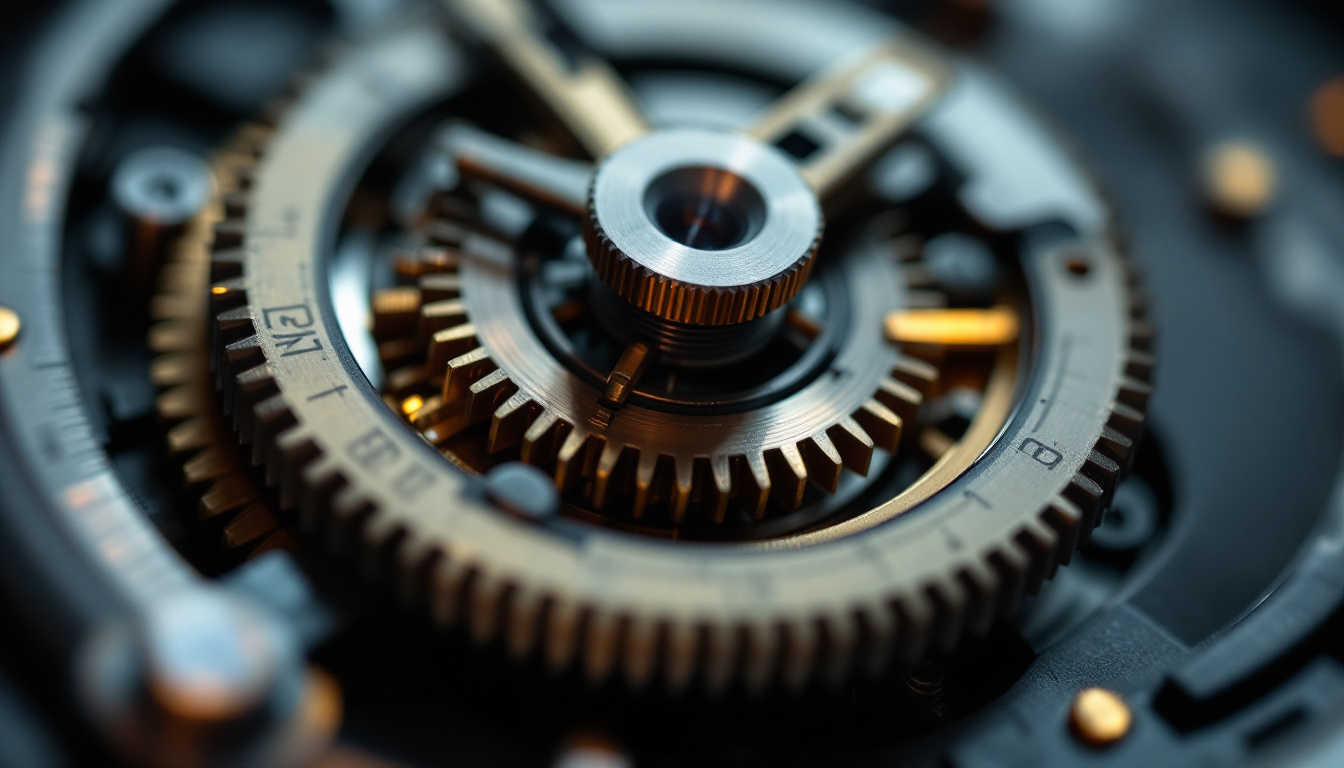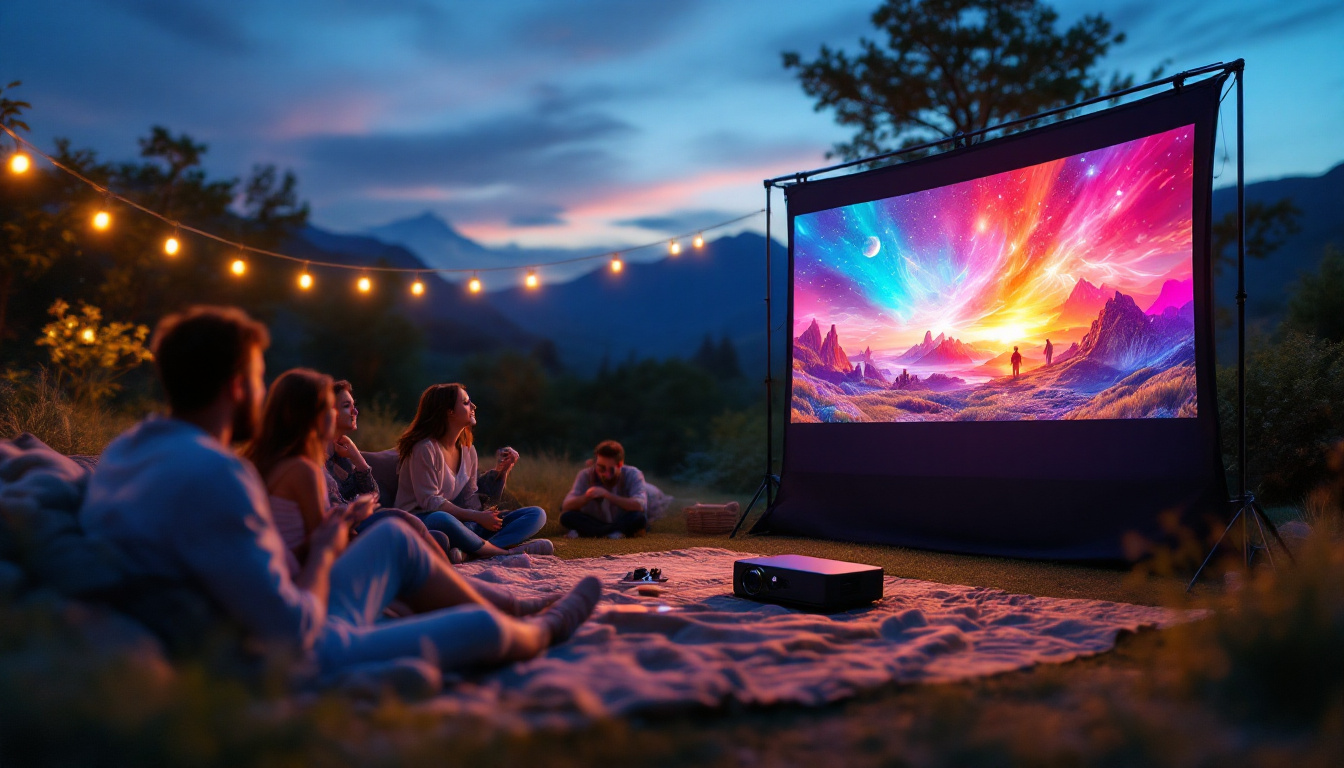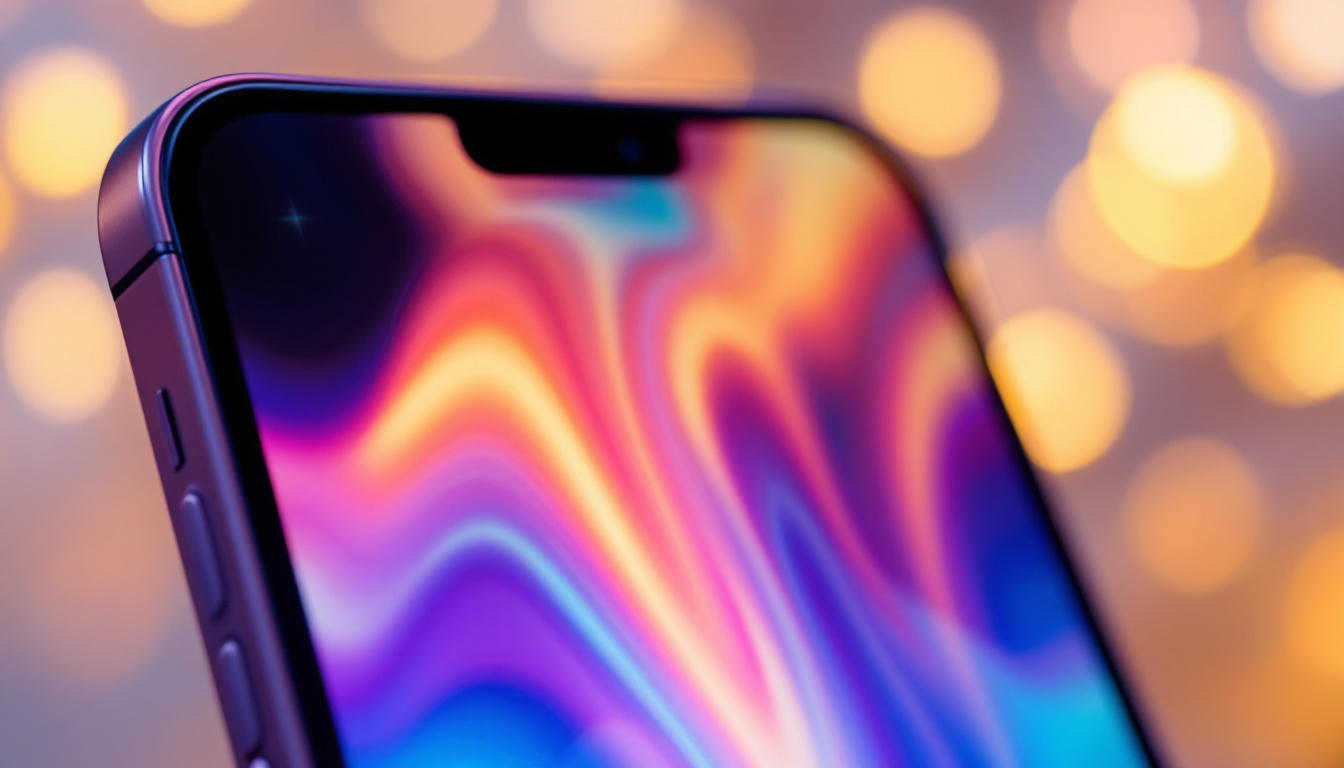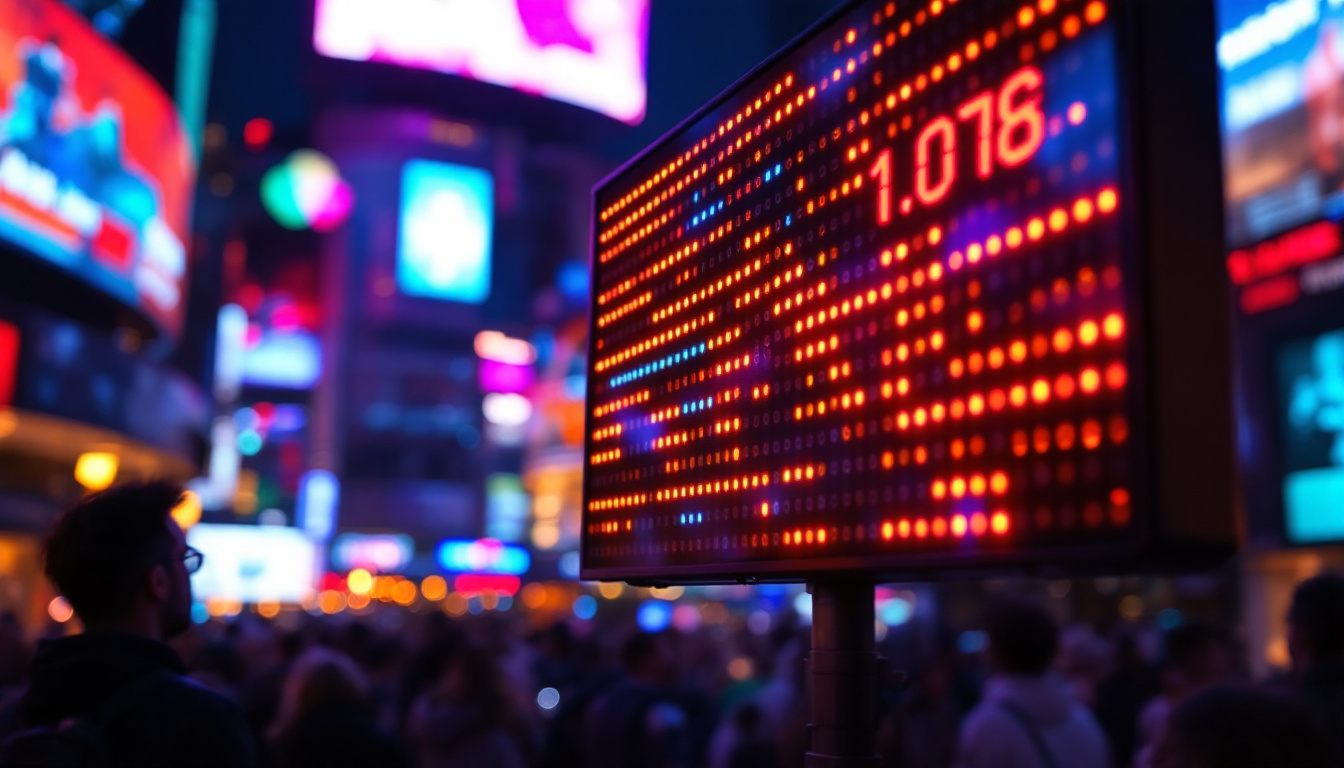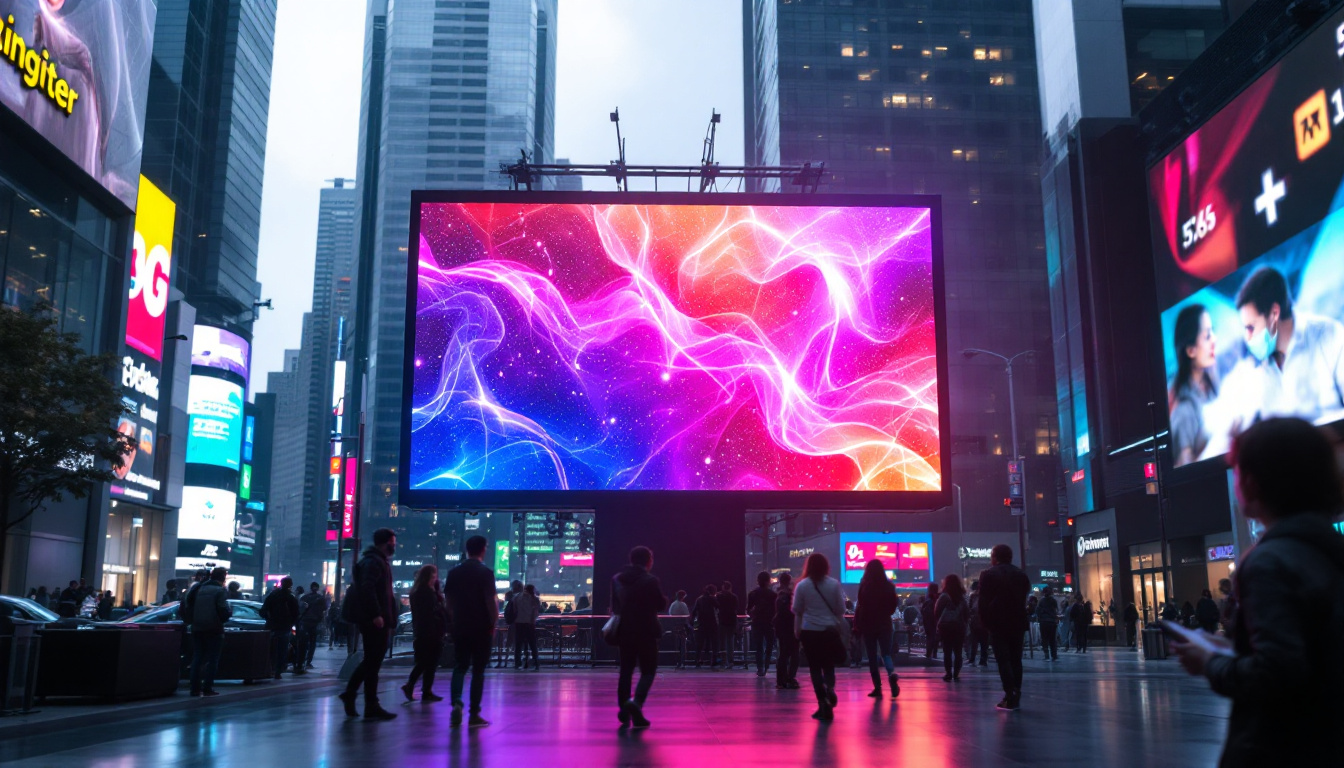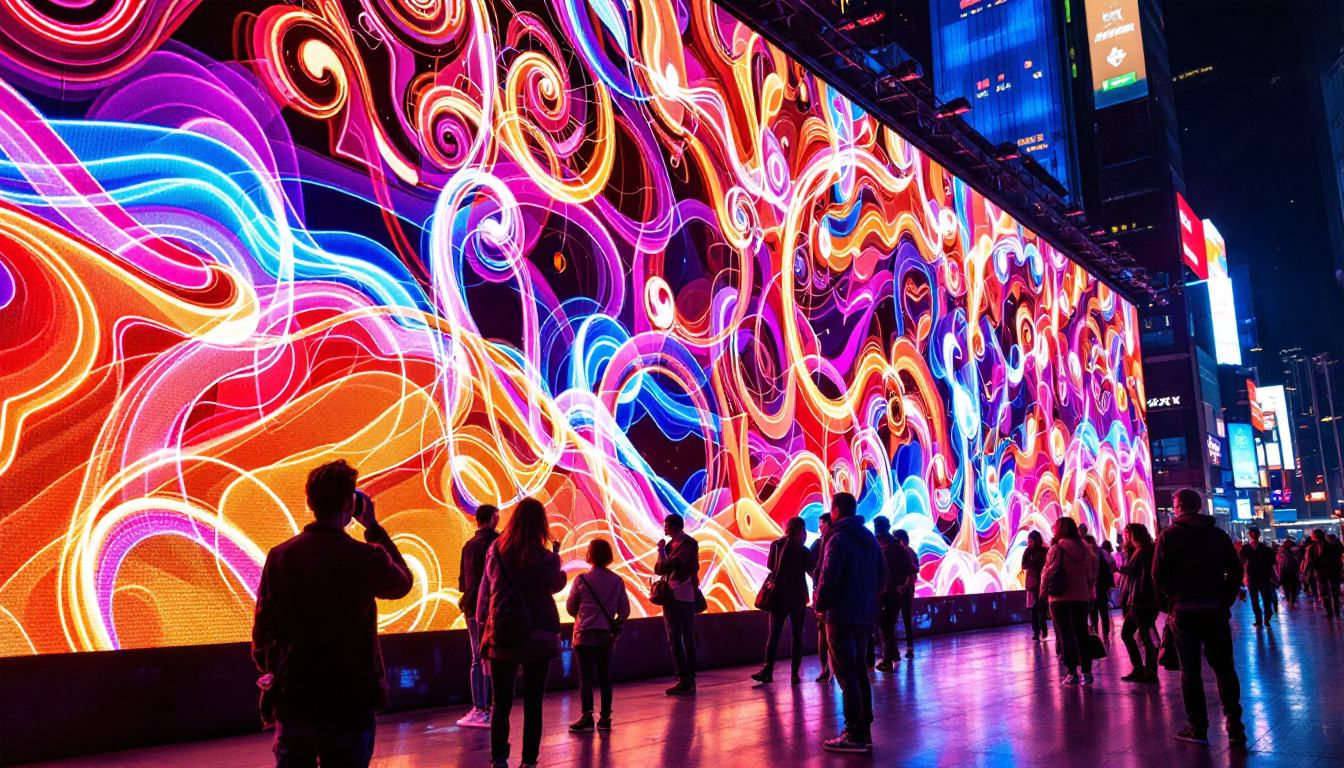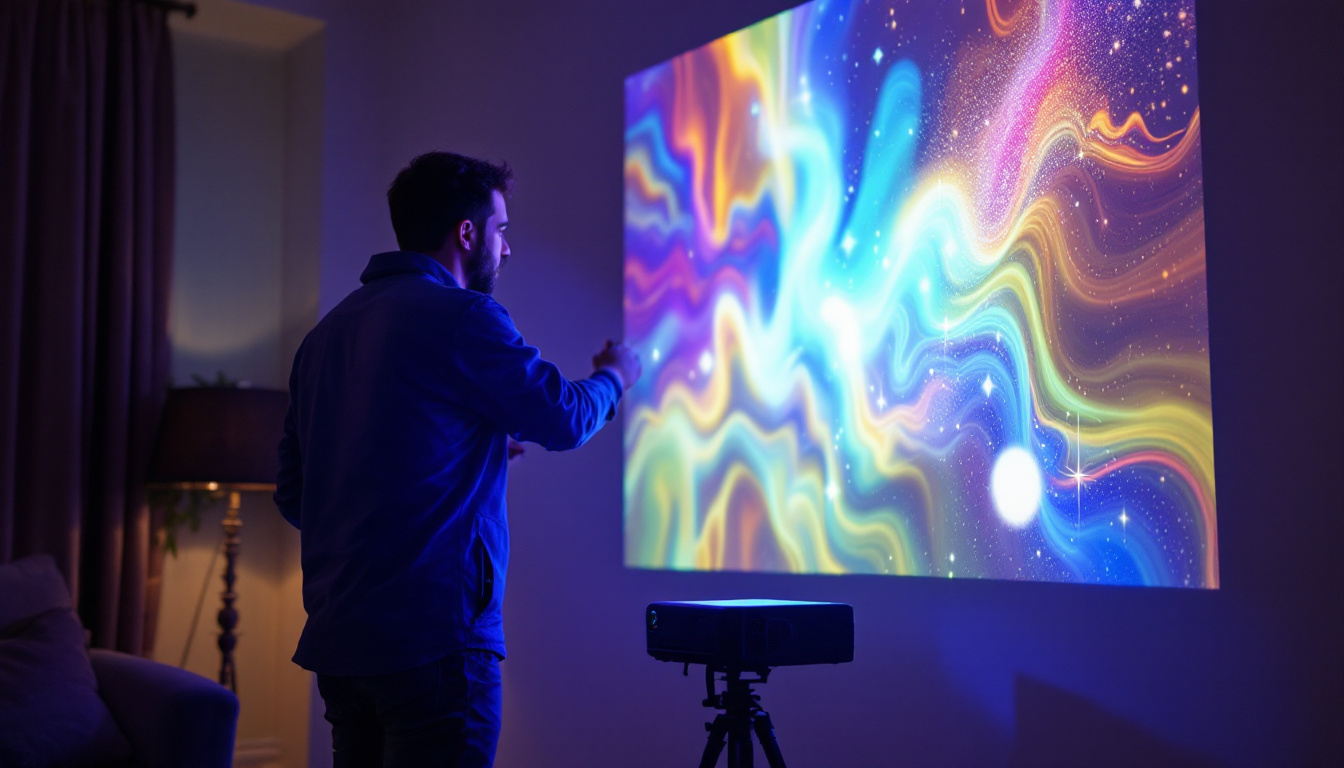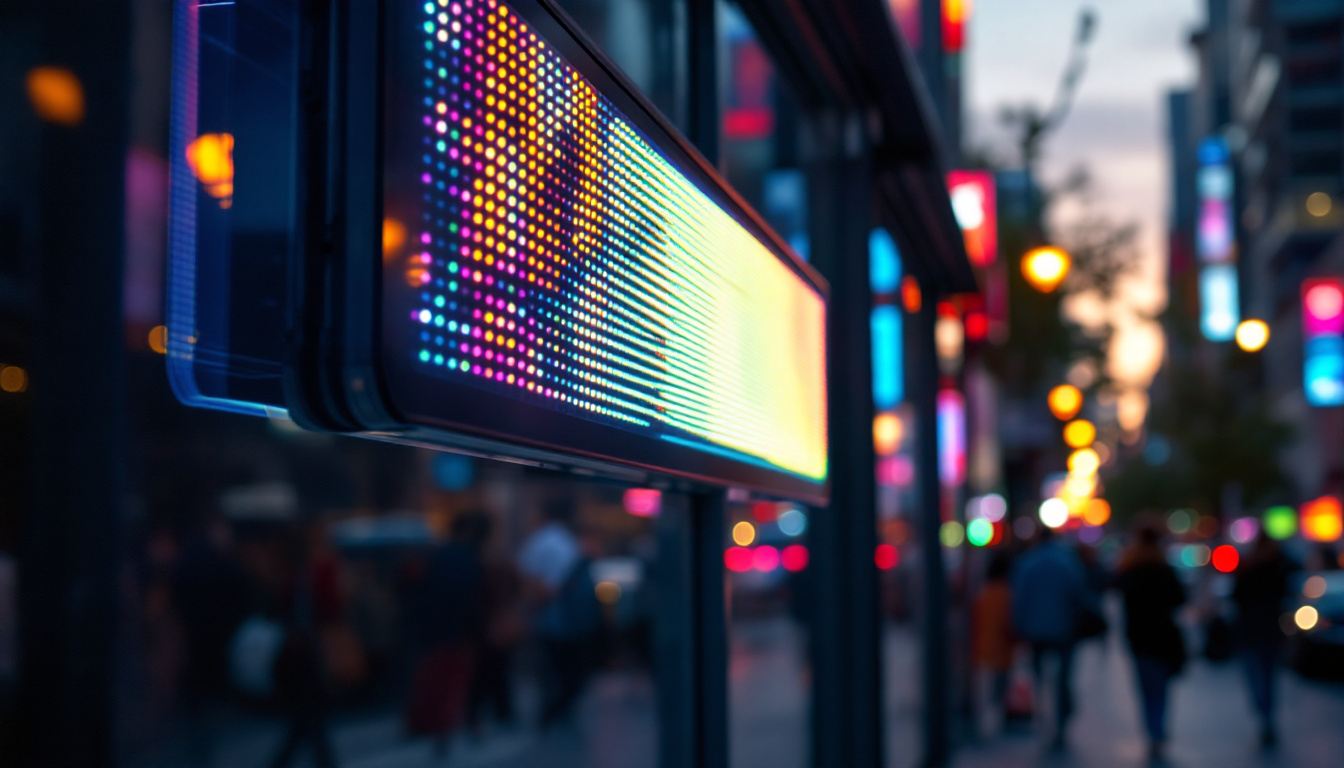In the digital age, the way we display our memories has evolved significantly. Traditional frames and printed photographs are increasingly being replaced by innovative technologies that offer more versatility and creativity. One such advancement is the LED wall photo display, which combines modern aesthetics with high functionality. This article delves into the intricacies of LED displays, exploring their benefits, types, and how they can transform the way we showcase our cherished moments.
Understanding LED Displays
LED displays have revolutionized the way visual content is presented. Utilizing light-emitting diodes, these displays offer vibrant colors, high brightness, and energy efficiency, making them ideal for various applications, including wall photo displays. Unlike traditional screens, LED displays can be designed in various shapes and sizes, allowing for a more personalized touch in home décor. Their versatility extends beyond aesthetics; they are also used in advertising, sports arenas, and even in automotive applications, providing dynamic visual experiences that capture attention and convey messages effectively.
What is an LED Display?
An LED display is a flat panel display that uses an array of light-emitting diodes to produce images. These displays can be found in various forms, from large billboards to small screens used in personal devices. The technology behind LED displays allows for exceptional image quality, with high contrast ratios and wide viewing angles. This makes them particularly appealing for showcasing photographs, as they can bring out the vivid colors and intricate details of each image. Moreover, advancements in LED technology, such as OLED (Organic LED) and MicroLED, are pushing the boundaries even further, offering deeper blacks and improved energy efficiency, making them a preferred choice for high-end visual applications.
How LED Displays Work
LED displays operate by illuminating pixels with light emitted from diodes. Each pixel is made up of red, green, and blue (RGB) diodes, which combine to create a full spectrum of colors. When an image is displayed, the intensity of each diode is adjusted to produce the desired color and brightness. This technology not only enhances the visual experience but also contributes to energy efficiency, as LED displays consume less power compared to traditional LCD or plasma screens. Additionally, the lifespan of LED displays is significantly longer, often exceeding 50,000 hours, which reduces the need for frequent replacements and contributes to sustainability in electronic consumption. As a result, LED displays are not only a smart choice for consumers but also an environmentally friendly option that aligns with modern energy conservation efforts.
The Benefits of LED Wall Photo Displays
LED wall photo displays offer numerous advantages over traditional photo frames. From dynamic content capabilities to space-saving designs, these displays have become a popular choice for both personal and commercial use. Here are some of the key benefits:
Dynamic Content
One of the most significant advantages of LED displays is their ability to showcase dynamic content. Unlike static photographs, an LED display can rotate through multiple images, creating a slideshow effect that keeps the display fresh and engaging. This feature is particularly useful for those who want to display a collection of memories, as it allows for a continuous showcase of different moments without the need for physical changes.
Customizability
LED wall photo displays can be customized in various ways. Users can choose the size, shape, and resolution of the display to suit their specific needs. Additionally, many LED displays come with software that allows users to create personalized slideshows, add transitions, and even incorporate music. This level of customization ensures that each display can reflect individual tastes and preferences.
Space Efficiency
For those with limited wall space, LED displays provide an excellent solution. Unlike traditional frames, which can take up significant space, LED displays can be mounted flush against the wall or even embedded into the wall itself. This not only saves space but also creates a sleek and modern look that complements contemporary interior design.
Types of LED Displays for Photos
There are several types of LED displays available on the market, each with unique features and benefits. Understanding the different types can help individuals choose the best option for their needs.
Flat Panel LED Displays
Flat panel LED displays are the most common type used for wall photo displays. These screens come in various sizes and resolutions, making them suitable for both small and large spaces. Flat panel displays are known for their slim profile and high image quality, making them ideal for showcasing photographs in a clear and vibrant manner.
Flexible LED Displays
Flexible LED displays are a more recent innovation that allows for creative designs and installations. These displays can be bent or shaped to fit unique spaces, making them perfect for artistic installations or unconventional display areas. The flexibility of these displays opens up new possibilities for showcasing photos in ways that traditional frames cannot achieve.
Transparent LED Displays
Transparent LED displays are another exciting option for wall photo displays. These screens allow for images to be displayed while still being partially see-through, creating a striking visual effect. This type of display is often used in commercial settings, but it can also be a unique addition to home décor, allowing for a blend of art and functionality.
Installation and Maintenance of LED Displays
Installing an LED wall photo display requires careful planning and consideration. Proper installation ensures not only the longevity of the display but also the best viewing experience. Additionally, maintenance is crucial to keep the display functioning optimally.
Installation Considerations
When installing an LED display, it’s essential to consider the location and mounting options. The display should be placed at eye level for optimal viewing and should be positioned away from direct sunlight to avoid glare. Depending on the size and weight of the display, professional installation may be recommended to ensure safety and stability.
Maintenance Tips
Maintaining an LED display is relatively straightforward. Regular cleaning is necessary to keep the screen free from dust and smudges, which can affect image quality. It’s advisable to use a soft, lint-free cloth and a gentle cleaning solution specifically designed for electronic screens. Additionally, keeping the software updated ensures that the display operates smoothly and efficiently.
Choosing the Right LED Display for Your Needs
With so many options available, selecting the right LED display can be a daunting task. Several factors should be considered to ensure that the chosen display meets individual requirements.
Size and Resolution
The size and resolution of the display are critical factors to consider. For larger spaces, a bigger display with higher resolution is recommended to ensure that images remain clear and vibrant from a distance. Conversely, smaller displays may suffice for intimate settings. It’s essential to evaluate the viewing distance and the number of images to be displayed when making this decision.
Budget
LED displays come in a range of prices, depending on the size, resolution, and features. Setting a budget before shopping can help narrow down options and ensure that the chosen display meets financial expectations. While it may be tempting to opt for the cheapest option, investing in a quality display can lead to better performance and longevity.
Features and Functionality
Different LED displays offer various features, such as touchscreen capabilities, remote control functionality, and built-in storage for images. Assessing which features are essential for personal use can help in selecting the right display. For instance, those who wish to frequently update their photo collection may benefit from a display with easy connectivity options.
Creative Ways to Use LED Wall Photo Displays
LED wall photo displays are not just for showcasing family photos; they can be used creatively in various settings. Here are some innovative ideas for utilizing these displays:
Event Displays
For events such as weddings, parties, or corporate gatherings, LED displays can be used to showcase a slideshow of images that capture the essence of the occasion. This adds a personal touch and engages guests, allowing them to relive memorable moments throughout the event.
Art Installations
Artists and designers can use LED displays to create dynamic art installations. By incorporating images, animations, and videos, artists can transform a simple wall into a captivating visual experience. This approach not only enhances the aesthetic appeal of a space but also invites interaction and engagement from viewers.
Commercial Use
Businesses can leverage LED wall photo displays for marketing and branding purposes. Retailers can showcase product images, promotions, or customer testimonials, creating an engaging shopping experience. Additionally, restaurants can use displays to highlight menu items or special events, enticing customers with visually appealing content.
The Future of LED Wall Photo Displays
The future of LED wall photo displays looks promising as technology continues to advance. Innovations in display technology, such as higher resolutions, improved energy efficiency, and enhanced interactivity, are expected to shape the evolution of these displays.
Integration with Smart Home Technology
As smart home technology becomes more prevalent, the integration of LED displays with smart devices is likely to increase. Imagine controlling your wall photo display with voice commands or syncing it with your smartphone to automatically update images. This level of connectivity will enhance user experience and make displaying photos even more convenient.
Augmented Reality Features
Augmented reality (AR) is another exciting development that could influence the future of LED displays. By incorporating AR technology, users may be able to interact with their photo displays in new ways, such as overlaying digital images onto their physical environment. This could create immersive experiences that blend the digital and physical worlds.
Conclusion
LED wall photo displays represent a significant advancement in how we showcase our memories. With their dynamic content capabilities, customizability, and space-saving designs, these displays offer a modern solution for displaying photographs. As technology continues to evolve, the possibilities for LED displays will only expand, making them an exciting option for both personal and commercial use. Whether for a home, event, or business, LED wall photo displays provide a captivating way to share and celebrate life’s moments.
Explore the Future of Visual Display with LumenMatrix
Ready to elevate your space with the latest in LED technology? LumenMatrix is at the forefront of creating immersive environments through innovative LED display modules. From the comfort of your home to the buzz of outdoor events, our diverse range of solutions including Indoor, Outdoor, Vehicle, Poster, Sports, Floor, Custom, All-in-One, and Transparent LED Displays are designed to transform any setting. Embrace the future of visual storytelling and check out LumenMatrix LED Display Solutions today to see how our cutting-edge displays can make your memories shine brighter and your messages resonate louder.

